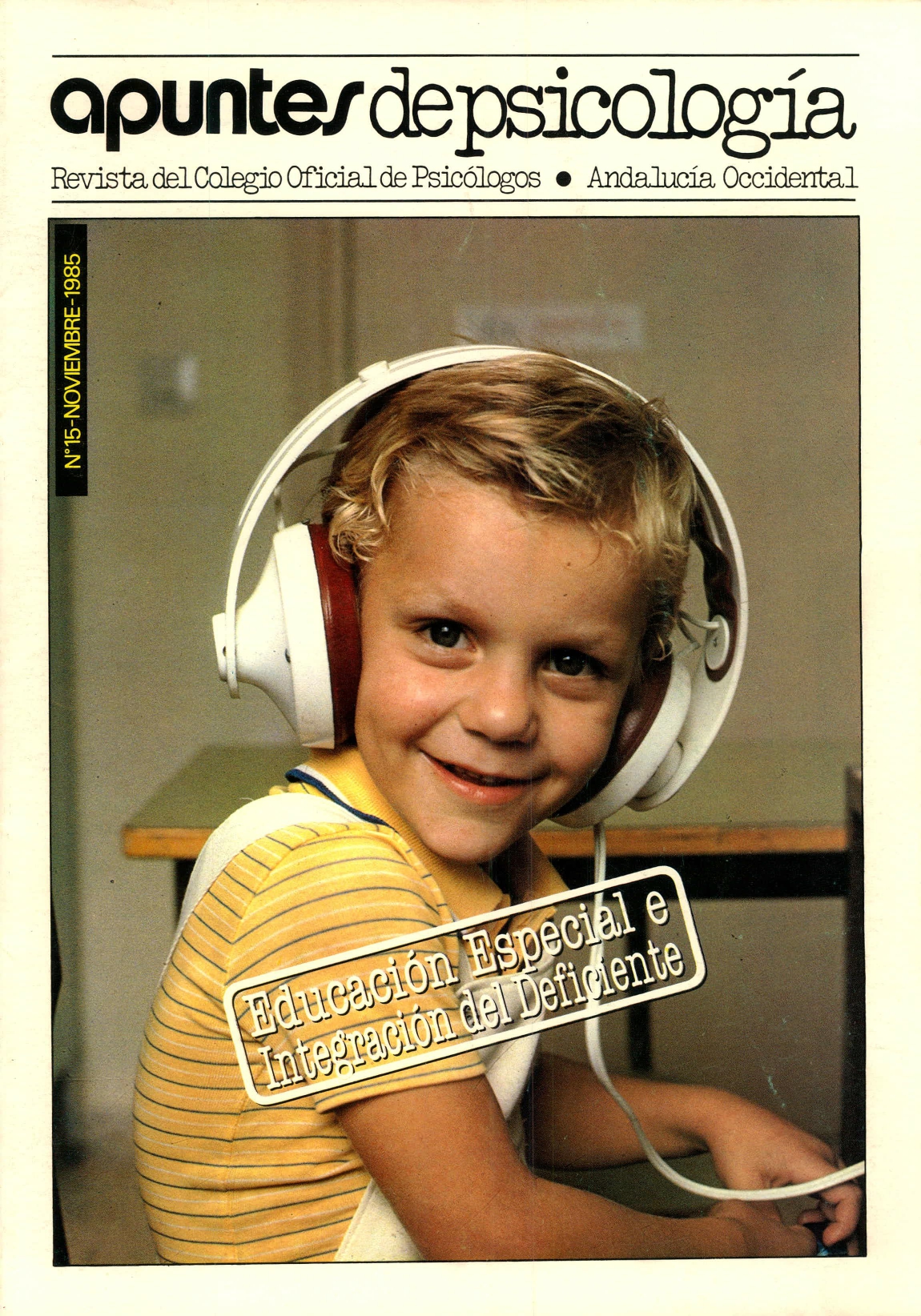The school psychologist and the integration of students with disabilities
DOI:
https://doi.org/10.55414/jtnngn42Keywords:
.Abstract
The Villar Palasí Law and subsequent administrative provisions have stressed the need to integrate students with physical, psychological, or sensory disabilities into mainstream schools. The most recent measure, the Decree of 6th March 1985, like those that preceded it, has generated significant changes within special education, a relatively new subsystem that has been undergoing rapid transformation.
In its most direct and radical sense, school integration entails that students with and without disabilities share the same classrooms in mainstream educational settings, where chronological age serves as the sole criterion for grouping, and proximity to the school as the decisive factor for placement.
There is no doubt that integration poses numerous technical challenges, and its implementation is shaped by institutional resources as well as the inherent limitations of different conditions.
Interestingly, after fifteen years, the bulk of the debate (except for the contributions of a few specialists) has failed to examine these issues in depth, remaining trapped in the original dilemma: integration, yes or no.
Framing the need for school integration immediately polarises the debate between fervent supporters and steadfast opponents, whether openly expressed or not. What stands out most is that arguments are largely based on emotional stances, hindering objective analysis and preventing consensus. The same themes are repeated endlessly, and reflection does not advance.
Downloads
References
.
Downloads
Published
Issue
Section
License
Copyright (c) 2022 APUNTES DE PSICOLOGÍA

This work is licensed under a Creative Commons Attribution-NonCommercial-NoDerivatives 4.0 International License.


























